The South is Not Another Country
The political desperation behind DK Suresh’s separatist rhetoric
 Sandeep Balakrishna
Sandeep Balakrishna
 Sandeep Balakrishna
Sandeep Balakrishna
 |
09 Feb, 2024
|
09 Feb, 2024
/wp-content/uploads/2024/02/SouthIndia1.jpg)
(Illustration: Saurabh Singh)
KARNATAKA DEPUTY CHIEF MINISTER DK Shivakumar’s younger brother and Lok Sabha MP DK Suresh echoed a variant last week of a separatist narrative that has a history of more than a century. He couched it in pseudo-economic terms claiming that “southern states would be forced to demand a separate nation if the ‘injustice’ in distribution of funds is not rectified by the Centre.”
However, even this economic angle is nothing new. In recent memory, former chief minister of Andhra Pradesh, N Chandrababu Naidu, ran a shrill and ugly campaign against the Modi government for its alleged failure to deliver the “special status” to the state. It culminated in a botched no-confidence motion that he led in 2018.
Common sense tells us why DK Suresh has invoked the funds allocation ploy. Barely six months into its tenure, the Congress government in Karnataka is reeling under the inferno of freebies that it had recklessly promised during elections. The state exchequer is depleting at 5G speed, reminding us of Margaret Thatcher’s memorable phrase that the problem with such ultra socialistic schemes is that “eventually you run out of other people’s money.” And so, DK Suresh’s implicit threat-cum-blackmail is a demand for more funds to endlessly fund the same freebies.
But on the national canvas, there is another factor at play. Congress has clearly realised that not only can it not challenge the Modi government on any issue but it has absolutely nothing to offer either as a better alternative in the fast-approaching General Election. This desperation among others is also at work behind the separatist statements issued by the likes of DK Suresh.
Even as I watched the prime minister reprimand his dangerous utterances in his presidential motion of thanks, I couldn’t help feeling wistful at the sorry pass that my state has come to. That a sitting MP from a highly cultured state like Karnataka could publicly call for a “separate south Indian nation” was not even in the realm of my wildest imagination. By giving it, DK Suresh has joined the gallery of luminaries populated by the ilk of EV Ramaswamy Naicker, Karunanidhi and Jyoti Basu, who had infamously thundered that Bengal would secede from India if the Bharatiya Janata Party (BJP) came to power at the Centre.
This phenomenon is also the unofficial herald of the Dravidification of Karnataka politics, which had been immune to and had resisted such separatist tendencies. The first attempt to Dravidianise Karnataka politics was made during the early 1920s by a ragtag group named Praja Mitra Mandali (Organisation of the Friends of the People), which morphed into a political party named Praja Paksha (People’s Party). EV Ramaswamy Naicker and the Justice Party were the inspiration for this party. However, it proved to be a short-lived experiment thanks largely to the tempering political and social climate of the Mysore State, which absorbed its fissiparous tendencies.
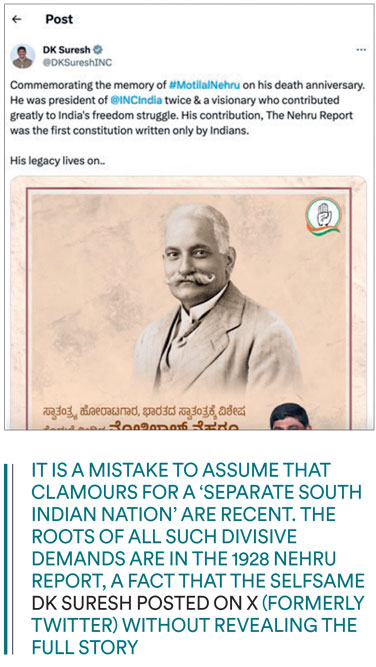
On a tangential note, it will be an interesting exercise to trace the history of the states that have repeatedly called for secession from India in the last seven decades. But that is a story for another day.
Whether or not DK Suresh was aware, he was merely echoing the full essence of the ‘United States of South India’ script that was floated in 2018, which I explained in my essay ‘An Existential Threat’ (Open, September 18, 2023) on Udhayanidhi Stalin’s attack on Sanatana Dharma. This script is a revival of an old narrative that combines the worst elements of the spurious Aryan Invasion Theory, the so-called Dravidian movement, the toxic Adhikari Thesis, and the 1928 Nehru Report.
The dashed political fortunes of the purveyors of such narratives are the only factor that prevents them from giving practical shape to these nation-breaking theories. It is time to put such narratives to a permanent rest if we are serious about preserving our national integrity.
It is also a mistake to assume that clamours for a “separate south Indian nation” are recent. The roots of all such divisive demands are in the 1928 Nehru Report, a fact that the selfsame DK Suresh posted on X (formerly Twitter) without revealing the full story.
A key element of the Nehru Report was its complete exclusion of the 562 Princely States from the new Indian Union that would be formed after the British departed. DV Gundappa, a contemporary of Motilal and Jawaharlal Nehru and other Congress stalwarts, gave one of the most learned critiques of this report in The Bombay Chronicle. Here is a sample: “…the Congress “National” [with a big “N”] is not less punctilious than its very adversary, the bureaucracy of the Indian Government, in tabooing the [Native] States as ‘foreign territory.’” (Emphasis added)
To make a long story short, the Nehru Report explicitly called for a reorganisation of (British) Indian provinces along linguistic lines for the first time.
That reorganisation became a reality in 1956. It remains the unparalleled blunder that has led to the fragmentation of Indian polity and society. For all their faults, our Princely States had acted as a sturdy and enduring bulwark against separatist feelings by preserving the continuity of local cultures, traditions, customs, and festivals. Both earthly and riverine borders were fluid, and disputes were settled, say, over a stately dinner on amicable terms.
Linguistic reorganisation undid this timeless harmony through legislative fiat, which in turn, was the consequence of Jawaharlal Nehru’s fear and weakness.
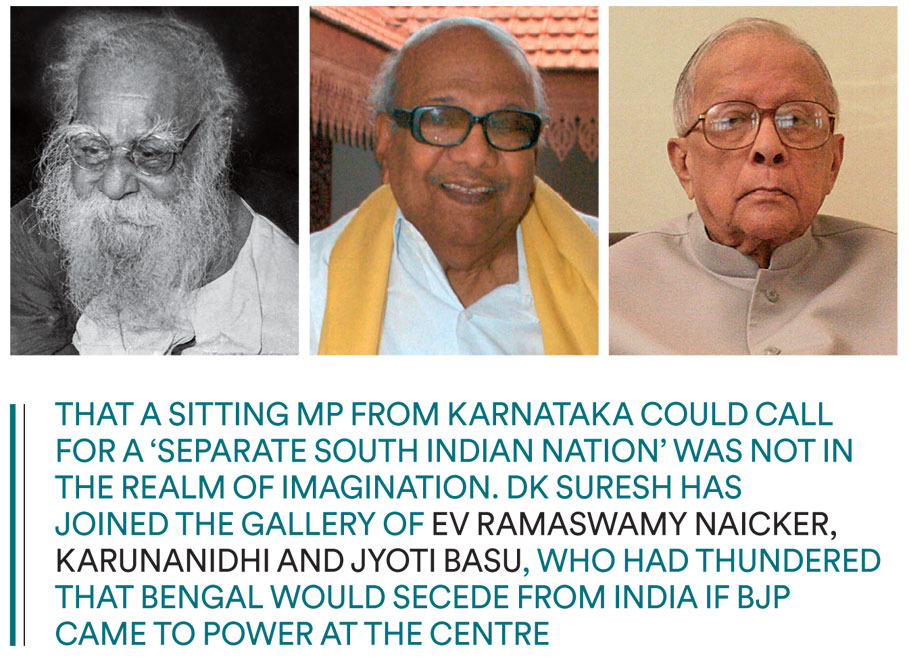
In practical terms, the linguistic reorganisation of India was a redrawing of India’s political map and it was achieved on the carcasses of the Princely States. It is also a subject that needs a thorough and urgent re-evaluation if we are really serious about preserving India’s unity and integrity.
The commission set up to examine the linguistic reorganisation issue delivered its unambiguous verdict in late 1948: things should be left as they are. For a fundamental reason. Existing boundaries had been sanctified by the informal agreements and usages and customs over eons. Even the British, when they created new provinces and administrative units, had largely left these old boundaries and local traditions untouched. Indeed, even the British historian Michael Edwardes had a better grasp of this Indian reality than the Nehruvian establishment when he wrote the following: “The commission most strongly criticized the creation of linguistic states on the grounds that they would inspire linguistic and therefore local patriotisms which would inhibit the growth of a national consciousness… which was fundamental to such growth.” (Emphasis added)
But Nehru went against the commission’s recommendations for cynical reasons. In 1952, Potti Sriramulu, who agitated for a separate Telugu-speaking state, went on a fast and died. The Telugu-speaking regions were instantly transformed into a fire pit. Unable to take the heat, Nehru buckled and inaugurated the formation of Andhra Pradesh in October 1953—the first state to be formed entirely along linguistic lines.
It also sent out an unambiguous message to the rest of the country: the prime minister was susceptible to violent blackmail. A national wave of mass agitations erupted, and soon enough, the States Reorganization Commission was formed. It submitted its report in October 1955 which upheld the earlier findings. In its immediate aftermath, widespread rioting and violence followed in Odisha, Bengal, Bihar, Bombay, Ahmadabad, and Punjab. And once again, Nehru caved in. New states based solely on language were created at breakneck speed.
ALL THIS HAPPENED in less than a decade after India was supposedly united politically.
With that, the first of a long series of language wars within Hindu society had begun. ‘Uniting’ India by dividing it along linguistic lines is an unprecedented marvel in the political history of the world. But the unprecedented is also a precedent.
By the early 1960s, Congress had emerged as the mothership of divisiveness. In the process, it had also begun to create clones that learned quickly. This is the short version of the origin of the so-called regional parties. Over time, this divisiveness was not restricted to language alone… caste, sub-caste, religion, sect, sub-sect, tribe, right hand, left hand, special interest groups… the engineered faultlines were infinite. It was divisiveness for its own sake, divisiveness as an end in itself. Divisiveness was the vote-getting mantra. It still is.
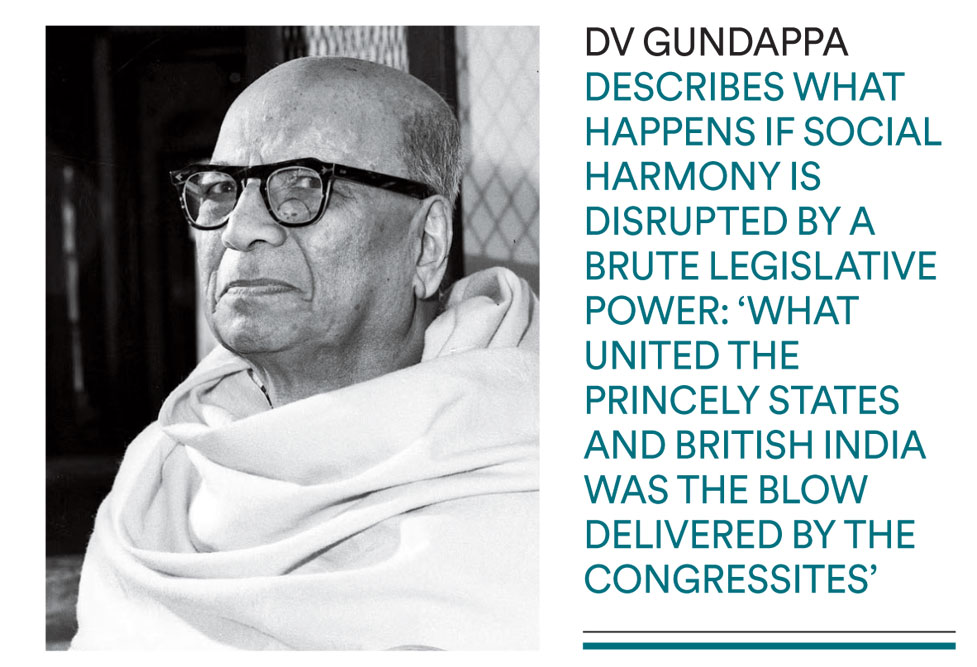
This wound has festered and grown to almost incurable proportions because the root cause is elsewhere. History reveals to us the truth that at no point did Congress have a truly national vision after Nehru became unchallengeable both within Congress and in government. Till his very end, he kept issuing only vague generalisations whose primary purpose was to keep winning elections repeatedly. To quote Edwardes again: “Nehru…talked of broad and mostly incomprehensible issues… It was always Congress the liberator from British rule, the Congress the hope of the future, never the Congress of the present… the whole elections [were] a travesty of democracy. ” [Emphasis added]
A national vision stems from an innate and wakeful recognition of national integrity on the plane of spirit and culture. Its outward expressions encompass all spheres of our national life: politics, society, economy, religion, education, and culture. It is what fuses all of them as a harmonious whole. When we regard each of these elements in isolation, integrity suffers damage. Which is exactly what occurred.
By way of contrast, we can once again turn to DV Gundappa who graphically describes what happens on the ground if age-old social and political harmony is disrupted by a brute legislative power, which does not impose restraints upon itself: “In the end, what united the Princely States and British India was not the efforts of the Rajas and Maharajas. Neither was it the efforts of their subjects. It was the haughty blow delivered by the Congressites who had come to power. In reality, it did not occur in a smooth fashion that had the consent of both parties. [Congress] did not think that the patient…path of due process was appropriate.
“Did Princely States ever exist in India? The fact that this question is even being asked shows the extent to which they have been deformed and liquidated. If this was not enough, the regional borders that had continuously existed for centuries have been chaotically littered under the guile of linguistic brotherhood. The old attachment to one’s local geography has been shattered. The new feeling of regional-love has remained elusive. “The root of a Princely State as an institution is a kind of affectionate bond. Today, it has no place. While everybody is eager to grab the benefits of such an institution, nobody wants the quiet contemplation that births such an institution.” [Emphasis added]
DV Gundappa wrote this about two years after the Princely States were liquidated. He wrote as a patriot and conscientious citizen who had actually lived his life in such an integrated and harmonious social atmosphere.
And today, we have reached a stage where almost every state has become a war zone, and these estranging forces are waging an unhinged, all-out war against the Indian Union.
On the one hand, we have the extraordinary growth of India’s stature on the global stage accompanied by sweeping economic changes, whose fruits will be enjoyed by the future generations. On the other, we have this dogged cabal of separatist elements who won’t blink even if India splintered.
The profound civilisation of Bharatavarsha is at a tipping point because the Nehruvian Indian state has eaten into its innards. My sincere hope is that I will still continue to live in a Bharatavarsha of the near future which allows me to write pieces like the one you just read.

/wp-content/uploads/2025/01/Cover_Kumbh.jpg)





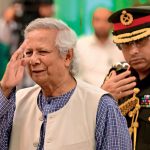
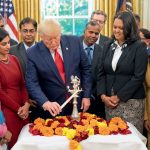

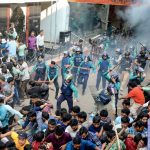

More Columns
What does the launch of a new political party with radical background mean for Punjab? Rahul Pandita
5 Proven Tips To Manage Pre-Diabetes Naturally Dr. Kriti Soni
Keeping Bangladesh at Bay Siddharth Singh